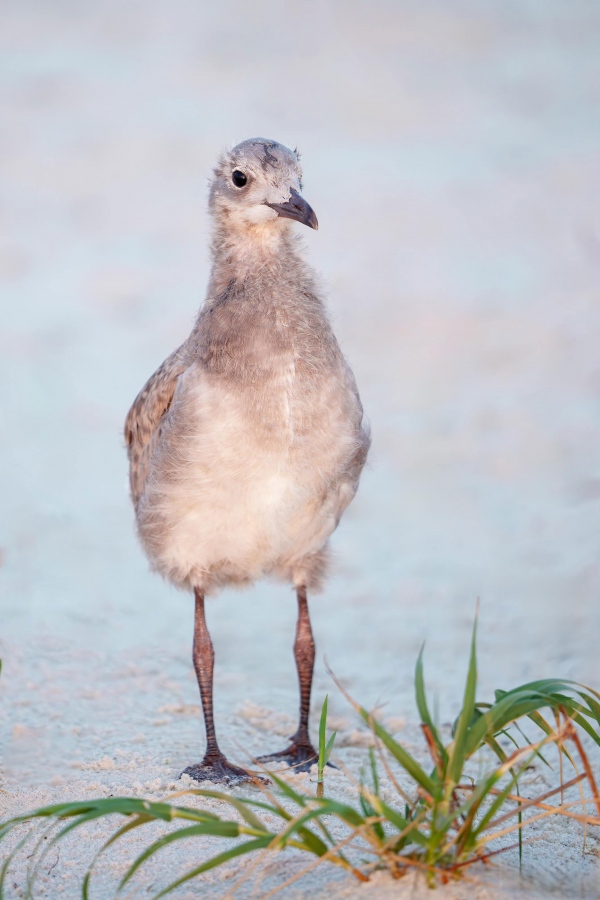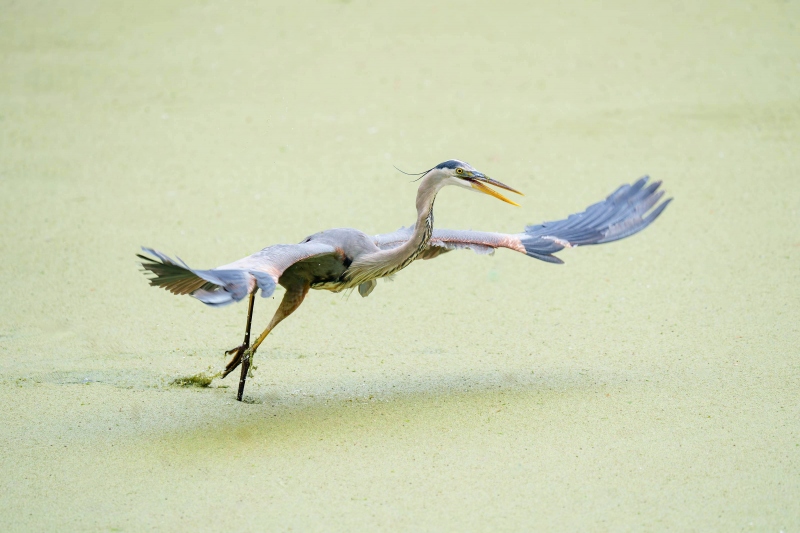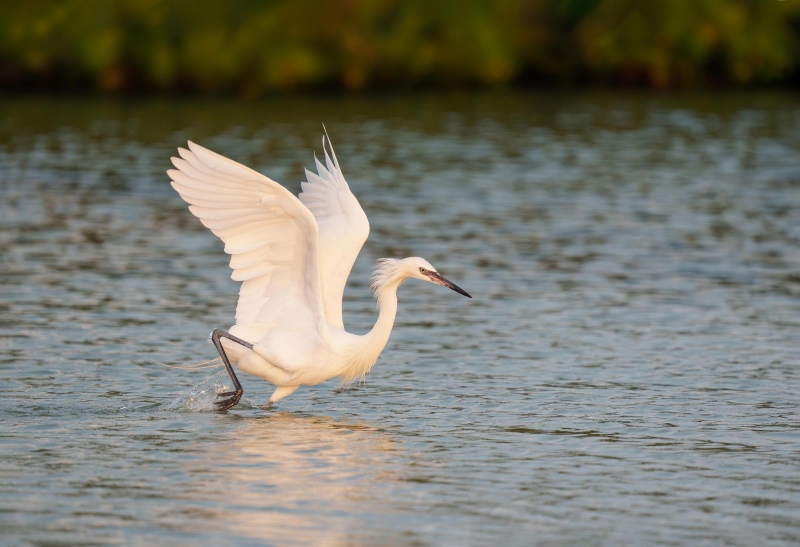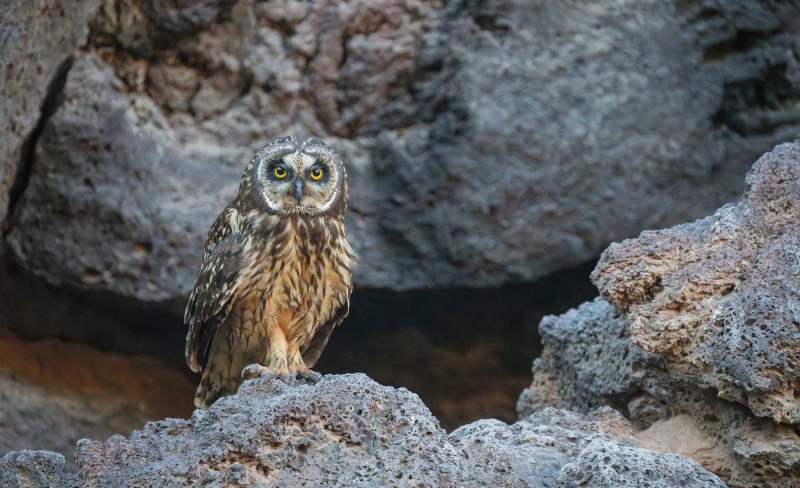What’s Up?
As several disks in my Drobo back-up system have failed and the company has gone out of business, I spent much of the last four days copying older image files from the office computer to three new 8TB back-up external drives. One disk of the five discs took nearly two days to copy! (Can you say “slow”?)
On a related note, I am really loving my new Apple 16″ MacBook Pro (M2 Max, Silver). Its blazingly fast processing speed is most appreciated while optimizing images in Photoshop.
Take a gander and see if you can figure out the ISOs that were used to created today’s four featured images. Feel free to leave a comment on the image quality and let us know which of these high ISO images is your favorite. Do understand that I am using a completely new approach to noise reduction. Details here soon.
Today is Tuesday 26 September 2023. Wherever you are an whatever you are doing, I hope that you too have a great day.
Please remember to use the B&H and Amazon links that are found on most blog pages and to use the BIRDSASART discount code at checkout when purchasing your new gear from Bedfords to get 3% back on your credit card and enjoy free second-day air FedEx. Please, also, consider joining a BAA IPT. You will be amazed at how much you will learn!
You can find some great photo accessories (and necessities, like surf booties!) on Amazon by clicking on the Stuff tab on the orange/yellow menu bar above. On a related note, it would be extremely helpful if blog-folks who, like me, spend too much money on Amazon, would get in the habit of clicking on the Amazon logo link on the right side of each blog post when they shop online. As you might expect, doing so will not cost you a single penny, but would be appreciated tremendously by yours truly. And doing so works seamlessly with your Amazon Prime account.
If an item — a Delkin flash card, or a tripod head — for example, that is available from B&H and/or Bedfords, is also available in the BAA Online Store, it would be great, and greatly appreciated, if you would opt to purchase from us. We will match any price. Please remember also to use my B&H affiliate links or to earn 3% cash back at Bedfords by using the BIRDSASART discount code at checkout for your major gear purchases. Doing either often earns you free guides and/or discounts. And always earns my great appreciation.
Canon EF 100-400mm f/4.5-5.6L IS II USM Lens
Ellen Mack is offering a Canon EF 100-400mm f/4.5-5.6L IS II USM lens in excellent-plus condition for $1099.00. The sale includes the front and rear lens caps, the lens hood, the original lens foot and a RRS Arca Swiss foot, the carrying case with strap, the original product box and instruction manual, and insured ground shipping via major courier to lower-48 US addresses only. Your item will not ship until your check clears unless other arrangements are made.
Please contact Ellen via e-mail or by phone at 707-292-0393 (Pacific time zone).
This incredibly versatile zoom lens — with its amazing .98-meter close focus — was my favorite Canon telephoto zoom lens ever. By far. It is easy to hand hold, great for tight portraits, for birds in flight, for bird-scapes, for quasi-macro stuff, and lots more. For flight, it is deadly (with an EOS-RF adapter) with an EOS R, R5, R6, or R7! This lens sells new for $2399.00 so you can save a handsome $1,300.00 by grabbing Ellen’s lens right now. artie
Levered-clamp FlexShooter Pro Heads Back in Stock
Since the introduction of this great head in the US four years ago, it has — for good reason, become the most popular tripod head on this side of the pond. Learn more or purchase yours here in the BAA Online Store.
‘Damn the Torpedoes – Full Speed Ahead’: Navy’s First Admiral Was Hispanic Hero. 15 September 2020. From Lt. Cmdr. Rolando Machado, Task Force One Navy, via Chief of Naval Personnel Public Affairs.
David Glasgow Farragut was the U.S. Navy’s first full admiral. At the time of his death in 1870, Farragut had served a total of 59 years in uniform. Two separate classes of destroyers and five total U.S. Navy ships have been named in his honor. The current USS Farragut (DDG 99), is an Arleigh Burke-class destroyer based in Mayport, Fla. (Coincidence note: Mayport, FL is just across the St. John’s River from Huguenot Memorial Park where Image # was created.)
Farragut’s father, Jordi Farragut Mesquida, was a merchant mariner born in Minorca, Spain. Emigrating to the United States in 1766, he commanded a small merchant ship trading goods across the Caribbean and Gulf of Mexico. Responding to a sense of service, he declared his allegiance to the fledgling United States in 1776, anglicized his name to George Farragut, and accepted a commission as a lieutenant in the South Carolina Navy during the American Revolution.
After the war, George and his wife, Elizabeth Shine, of Scots-Irish descent from North Carolina, moved west to Tennessee where he became a ferry captain on the Holston River and served as a cavalry officer in the state militia. In 1801, their son, David Glasgow Farragut was born. At the age of eight, his mother died of yellow fever. A year later he followed his father’s example of service and the sea and took an appointment as a midshipman in the U.S. Navy and commenced his life at sea.
Farragut served during the War of 1812 and commanded ships during counter-piracy operations throughout the Caribbean and during the Mexican American War. When the Civil War broke out, despite his career of service and his vocal criticism that secession was treason, superiors in the Union Navy questioned his loyalty.
With much to prove, Farragut executed an exceptional naval campaign taking New Orleans and in follow-on battles for Vicksburg and Port Hudson. Best known for the battle of Mobile Bay in August 1864, he was in command of a squadron of ships when one of them was struck by a mine (then referred to as “torpedoes”). Recognizing hesitation from his subordinate commanders, he took the bold and decisive action of placing his flagship Hartford in the lead and giving the order, “Damn the torpedoes, Full speed ahead!” His actions in the face of danger led the flotilla to victory.
Farragut’s career as a naval officer is not simply an example for sound naval tactics and determination. Choosing not to discipline with the lash despite its popularity among other captains, he also proved that tolerance, kindness and moral courage are not disadvantages, but rather strengths to naval leadership.
|
|
|
This image was created on 19 June 2021 at Huguenot Memorial Park near Jacksonville, FL. Seated on damp sand using the knee-pod technique, I used the handheld Sony FE 200-600mm f/5.6-6.3 G OSS lens (at 600mm) and The One, the Sony Alpha 1 Mirrorless digital camera. ) The exposure was determined using Zebra technology with ISO on the Thumb Dial. ISO ???. 1/400 second at f/6.3 (wide-open) in Manual Mode. AWB at 6:33:02am on a partly cloudy morning. RawDigger showed the exposure to be perfect. Tracking: Zone/AF-C with Bird Face/Eye Detection performed perfectly. Be sure to click on the image to enjoy a high-res version. Image #1: Laughing Gull — large chick standing on beach
|
Full Speed Ahead and Damn the ISO!
In the The Art & Science of Photographing Birds in Flight With (or without) the Sony α-1, my co-author Arash Hazeghi writes:
Many photographers are hesitant to use fast shutter speeds because they are worried about high-ISO noise. While high-ISO noise can be an issue, a photograph that was rendered soft or blurry is much worse than a sharp image with slightly visible noise. No amount of post-processing or sharpening can save a raw file that is soft or blurry at the pixel level10. Sharpening a very soft or out-of-focus (o-o-f) photo, regardless of the sharpening method, will aggravate the noise and create artifacts and will yield coarse or
“crunchy” looking details. This is because the fine details were never captured in the raw file to begin with.
On the other hand, with optimal processing, it is easy to clean up the photos that are tack sharp but a little noisy. With proper exposure and optimal post-processing, the α-1 can easily handle ISOs as high as ISO 6400. Arash prefers Capture One ProTM (C1P) software for raw conversion and the Topaz DeNoiseTM or NeatImageTM plugins in Adobe Photoshop CCTM for advanced noise reduction. (At the time of publication, Artie was going with Adobe Photoshop CC for his raw conversions and Topaz DeNoise AI for noise reduction.
And all of the above is every bit as true when photographing static subjects (like the young gull above) rather than birds in flight. I was fairly confident that I could create a sharp image at 600mm with a shutter speed of 1/400 second. From there, it was just a matter of raising the ISO enough to ensure exposing to the right.
After enlarging the image and checking out the noise levels, take a guess at the ISO that was used to create Image #1.
|
|
|
This image was created on 5 April 2022 at Harris Neck NWR, GA on a Georgia Nature Photographers Association field trip. Standing at full height, I used the handheld Sony FE 200-600mm f/5.6-6.3 G OSS lens (at 463mm) and The One, the Sony Alpha 1 Mirrorless digital camera. ) The exposure was determined using Zebra technology with ISO on the Thumb Dial. ISO ???. 1/1000 second at f/6.3 (wide-open) in Manual Mode. AWB at 8:54:54am on a cloudy morning. RawDigger showed the exposure to be dead solid perfect. Tracking: Zone/AF-C with Bird Face/Eye Detection performed perfectly. Be sure to click on the image to enjoy a high-res version. Image #2: Great Blue Heron fishing
|
Getting Lucky …
Thanks again to GNPA friend Eric Bowles for taking me to so many great places on my April 2022 visit to Jekyll Island, GA. We had a ton of fun. I had been photographing the great blue perched on a log in a field of duckweed when it suddenly took flight. I fired off about 30 frames as it skittered above the surface of the water. Most were sharp on the eye at the relatively slow shutter speed of 1/1000 sec.
Yes, you have heard it here before: When unexpected action happens, press the shutter button first and ask questions later.
To ensure exposing well to the right, I had raised the ISO until I saw some Zebras on the heron’s white chin.
After enlarging the image and checking out the noise levels, take a guess at the ISO that was used to create Image #2.
|
|
|
This image was created on 11 May 2023 at the Hidden Lagoon on a Fort DeSoto Spring IPT. Standing at full height, I used the handheld Sony FE 200-600mm f/5.6-6.3 G OSS lens (at 518m) and The One, the Sony Alpha 1 Mirrorless digital camera. ) The exposure was determined using Zebra technology with ISO on the Thumb Dial. ISO ???. 1/2000 second at f/6.3 (wide-open) in Manual Mode. AWB at 7:39:43pm on a cloudy afternoon. RawDigger showed the exposure to be perfect. Tracking: Zone/AF-C with Bird Face/Eye Detection performed perfectly. Be sure to click on the image to enjoy a high-res version. Image #3: Reddish Egret — white morph fishing
|
Laziness and High ISOs
When I am feeling a bit lazy, I often choose the Sony 200-600mm G lens over the 400mm f/2.8 GM. The 400 f.2.8 is 2 1/3 stops faster than the 200-600 so it saves me seven clicks of ISO. I will be the first to admit that the f/6.3 maximum aperture of the 2-6 (at 600mm) is on the slow side.
Even in low light conditions, the much slower 2-6 is more versatile than any super-telephoto lens. And its small size and relatively light weight makes it easier to get where you need to be (almost always without a tripod). And best of all, the latest noise reduction options allow us to use very high ISOs without sacrificing much in the way of image quality.
After enlarging the image and checking out the noise levels, make an educated guess as to the ISO that was used to create Image #3 (virtually in the dark).
|
|
|
This image was created on 6 September on a panga ride at Champion Islet, Galapagos, Ecuador. Sitting in a zodiac I used the handheld Sony FE 200-600mm f/5.6-6.3 G OSS lens (at 600mm) and The One, the Sony Alpha 1 Mirrorless digital camera. ) The exposure was determined using Zebra technology with ISO on the Thumb Dial. ISO ???. 1/2000 second at f/6.3 (wide-open) in Manual Mode. AWB at 4:50:55pm in the deep shade on a sunny afternoon. RawDigger showed the exposure to be 1/3 stop short of perfect. Tracking: Zone/AF-C with Bird Face/Eye Detection performed perfectly. Be sure to click on the image to enjoy a high-res version. Image #4: Short-eared Owl on lava rock
|
It Was Sunny …
It was sunny when we left the ship and set out for a panga ride so I did not hesitate to bring only the 200-600 and leave the 400mm f/2.8. With wind-against-bright-sun conditions, it was a very tough afternoon. We persisted without much success. Things were so difficult that the other zodiac headed back early.
We were exploring a deep, dark, high-walled cove, when Arnie, the panga driver, called out, “owl!” He navigated slowly around a point and there was a Short-eared Owl hassling a Galapagos Sealion. We stayed with the owl more than an hour.
And yes, I was wishing that I had toted the 400mm f/2.8 along in my very old lens bag. I coached those in the small boat with me on using high ISOs to expose to the right while maintaining fast-enough shutter speeds.
After enlarging the image and checking out the noise levels, make an educated guess as to the ISO that was used to create Image #4.
Typos
With all blog posts, feel free to e-mail or to leave a comment regarding any typos or errors.


















Hi Artie,
1) 8000
2)10,000
3)6400
4)16,0000
Image 1 looks like an image of a Woodhouse scrub jay I got recently in low light. 16,000 ISO. Z9, 500mm PF.
See it on flickr https://flic.kr/p/2p5Be6Q
I going to guess that the first one was 3200, the second and third were around 6400, and the fourth one was at 12,800. Was there a reason you were shooting the last image at a Tv of 1/2000 or were you anticipating a launch?
The owl had been hassling a Galapagos Sealion.
with love, artie
Now I know where that Tom Petty record title came from.
#3 guess of ISO 6400. Wide open at f6.3 sounds funny.
Interested to read about your new noise reduction approach. Topaz “photo AI” maybe?
Now that I’m thinking more about it, I think it’s ISO 12,800
Ok, I’ll bite.
Image 1 ISO 2000
Image 2. 3200
Image 3. 6400
Image4. 12800 maybe even higher
Thanks for the information on Farragut. But did he really become a midshipman in the US Navy at age 9?
Huh! According to Wikipedia, he was appointed midshipman at age 9. Things must have changed since then.
I agree. Shoot and deal with iso later. Recently while on safari in Kenya about 10 minutes after sunset a nice sized older male Lion with nice mane came out of the brush. As it was heading our direction I had my A1 and 400mm 2.8 at 1/60th and auto iso was showing 20,000. I took the photos. Auto focus was perfect at 15fps. The only real noise was in the shadows and Denoise software took great care of that noise.
All 4 images #1 and #2 and #3 and #4 are interesting and well made!!